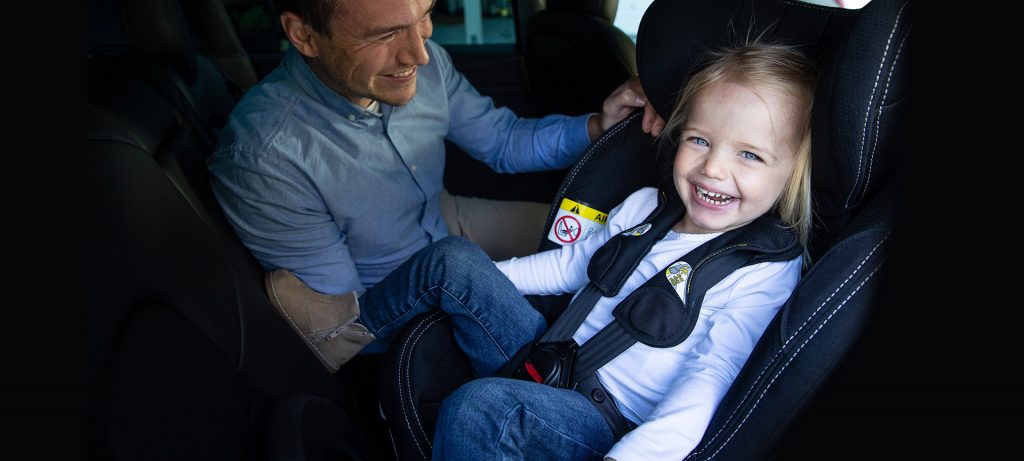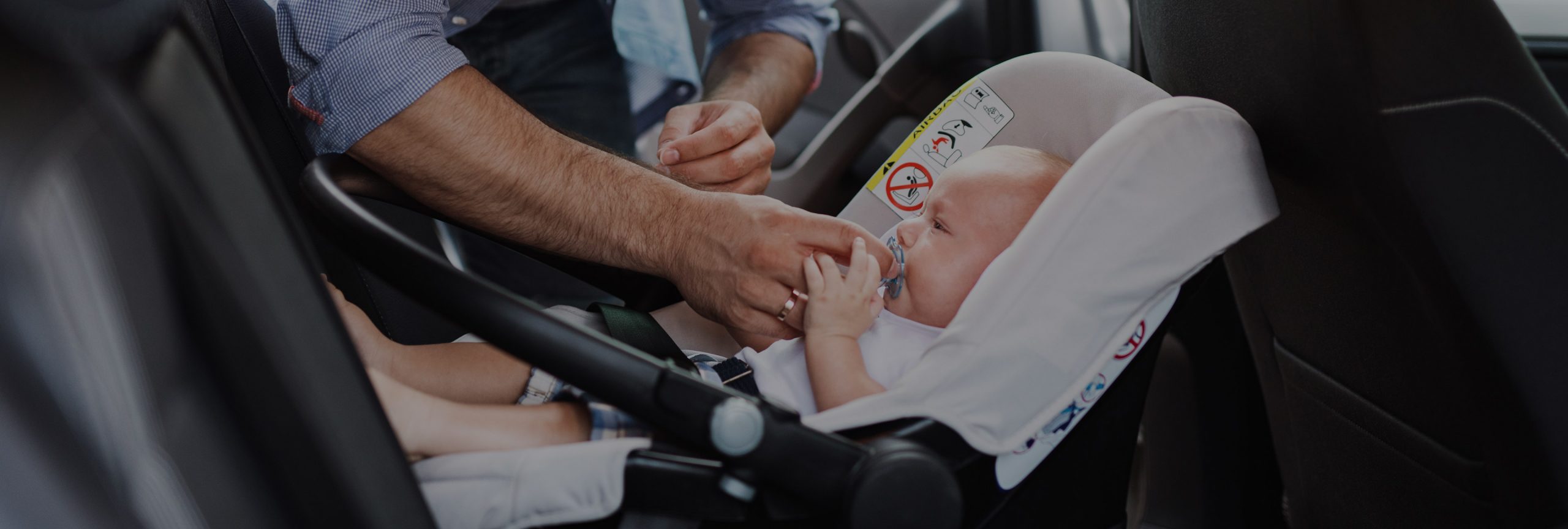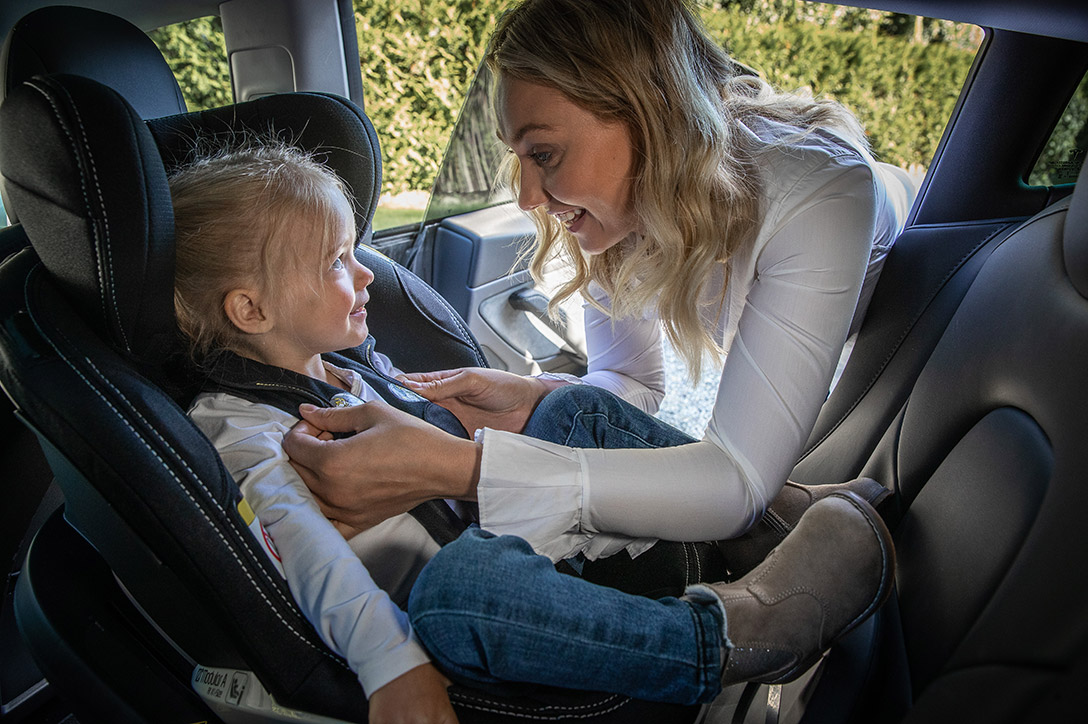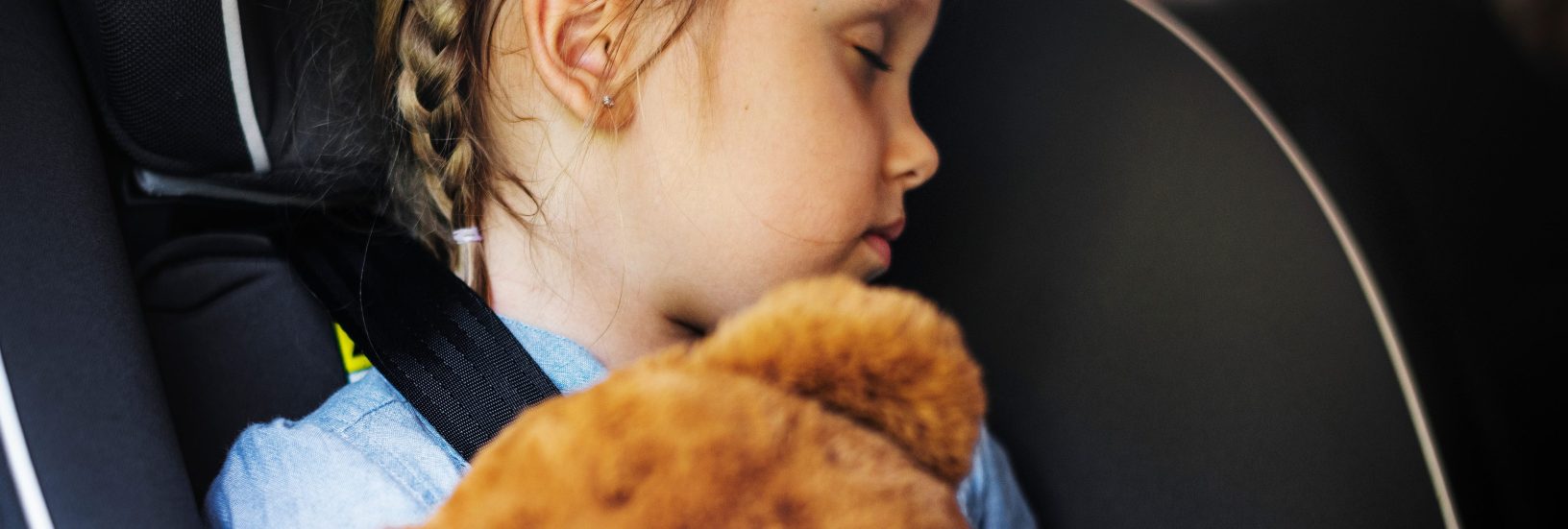Feb, 2022
Why is it important to keep your child rear-facing for as long as possible?
We get it. You love looking at your child’s beautiful face as much as you can.
Or, maybe you need to console a crying child in the back seat or you just want to be able to actively engage with them and that’s much easier to do when they are facing towards the front.
But, all child car seat manufacturers, consumer interest groups and government agencies agree: Children should be rear-facing in the car for as long as possible, at least until the age of four.
Despite this overwhelming and clear advice, many parents turn their children front-facing before they have reached the age of four.
In this article, we take you through the reasons why you should avoid having your child front-facing in your car until they are at least four. You will also get tips on how to extend the rear-facing period for as long as possible.
Your child’s physique and development
The rear-facing position reduces the risk of severe injury in an impact by 90% compared to being unsecured. And, according to studies, it is five times safer to sit rear-facing compared to forward-facing.
The reason for this is that young children have a different physique than older children and adults. For example, young children have a relatively large and heavy head compared to the rest of the body. As we grow older, this difference levels out, but for a long time, this is an aspect that differentiates children and adults and results in us having to make extra considerations for small children traveling in cars.
In addition to a relatively large head, young children also have less developed bone structure and weaker muscles than older children and adults have. As a result, they are more likely to be vulnerable in the event of a collision.
However, if the child is sitting rear-facing, the load from an impact will be distributed over a larger area, reducing the strain on the neck, head and internal organs.
Potential discomfort from bent legs
Despite the fact that parents are constantly advised that a child should sit rear-facing for as long as possible, and at least until they have reached the age of four, there are still too many parents who choose to turn their children towards the front of the vehicle way too early.
Parents often mention that they choose to turn their children to face the front because their child sits with bent legs. The parents note that their children do not have much room in the rear-facing seat and turn them around to give them more space.
If your child looks like they might be cramped in the rear-facing child car seat, you can try to see if it is possible to push the car seat further forward toward the front of the car (while still keeping it facing the rear) to increase the distance between the child car seat and the back of the vehicle’s passenger seat. Some parents also choose to straighten the car seat in this situation so it is in a more upright position. This way, the child gets more room for their legs.
Many parents also notice that their child does not like having their legs hanging down, but rather tries to put them up on the seat back in front of them to get support or sit with their legs crossed when forward-facing.
It is important to remember that children have far more flexible joints than adults. Most likely, children would not find it as uncomfortable to sit rear-facing with bent legs as adults would. There is a good chance they do not find it uncomfortable at all.
At Holmbergs, we recommend all parents use a rear-facing child car seat for as long as possible. Do not rush to switch to a booster seat before the child has passed the maximum weight of the rear-facing car seat, or until more than a third of the child’s head is above the edge of the headrest.
Maybe there is a rear-facing car seat that your child can sit in for a longer time? Research your available options before deciding to turn your child around so they sit front-facing.

Problems with nausea
A large number of parents who choose to turn their children to face the front of the vehicle before they have reached the age of four also mention that nausea and car sickness are the reason. Just as some adults find it uncomfortable to sit facing opposite the direction of travel on public transport, some children also become car sick from sitting rear-facing.
Holmbergs and authorities working within child and traffic safety emphasize that turning the child to sit facing the front due to nausea should be the absolute last resort for a solution. Frequent breaks with fresh air are a better alternative that often lead to positive results without compromising on a child’s safety.
Read more: Traditional five-point harness or Holmbergs RollFix™: What should I choose?
Safety must come first
There are many parents who turn children so they sit forward-facing before they have reached the age of four. The reason is usually that the child feels nauseous or the parents think it looks like the child has poor legroom (even if the child has not complained about discomfort). However, our recommendation is to keep the child rear-facing for as long as possible.
Parents and guardians are responsible for ensuring that our children are safe as they travel. This is a responsibility we must take very seriously. Together we can save the lives of our children, and minimize possible injuries. Ultimately, safety should always come first and a child should be kept rear-facing for as long as possible, at least until the age of four.
If you have any questions about Holmbergs or our safety solutions, please don’t hesitate to reach out.



